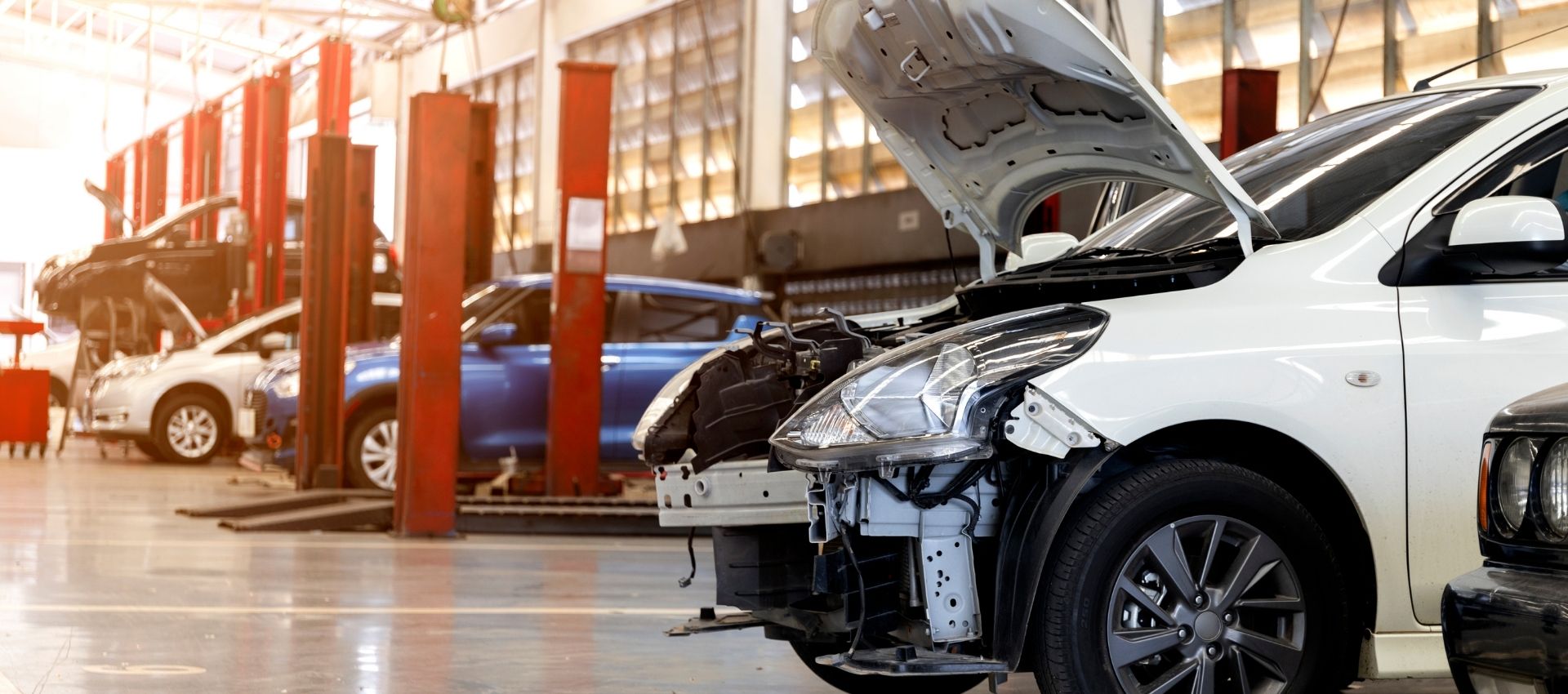Automotive and Transport
The sector is shifting to electric, connected, and autonomous vehicles. Sustainability regulations and smart mobility trends drive change. Innovations in battery tech, lightweight materials, and vehicle software are redefining mobility. Shared transport and digitization shape future urban and intercity transport systems.

The Automotive and Transport Industry is a key driver of global economic activity, employment, and technological advancement. It encompasses a broad ecosystem that includes the manufacturing of vehicles such as cars, trucks, buses, motorcycles, and trains as well as the infrastructure and services that support their movement, including logistics, public transport systems, and mobility platforms. As urbanization, globalization, and digitalization continue to reshape how people and goods move, the industry is undergoing profound transformation.
Traditionally dominated by internal combustion engine (ICE) vehicles, the automotive sector is rapidly shifting toward electrification. Electric vehicles (EVs), driven by the need to reduce carbon emissions and dependence on fossil fuels, are gaining market share across both developed and emerging markets. Government incentives, stricter emission regulations, and declining battery costs are accelerating this transition. Major automakers like Tesla, Toyota, Volkswagen, and Ford are investing heavily in EV technologies, charging infrastructure, and next-generation battery systems.
Simultaneously, advancements in autonomous driving are reshaping the future of personal and commercial transport. Autonomous vehicles (AVs), enabled by artificial intelligence, sensor technologies, and high-definition mapping, hold the promise of safer, more efficient mobility. While full autonomy is still in the testing phase, many vehicles already offer advanced driver assistance systems (ADAS) such as lane keeping, adaptive cruise control, and automatic emergency braking.
The rise of shared mobility is another significant trend. Urban populations are increasingly turning to ride-hailing, car-sharing, and micro-mobility options like electric scooters and bicycles. These models reduce vehicle ownership rates while improving urban traffic flow and reducing emissions. Digital platforms and mobile apps have enabled seamless access to transportation services, making mobility more flexible and data-driven.
In the transport and logistics segment, e-commerce growth has driven a surge in demand for last-mile delivery solutions and smart logistics systems. Fleet electrification, route optimization software, and autonomous delivery drones and robots are being deployed to meet efficiency and sustainability goals. Freight transportation by road, rail, air, and sea remains essential for global trade, and efforts are underway to decarbonize this sector through cleaner fuels, digital tracking, and multimodal integration.
Infrastructure development plays a crucial role in enabling modern transport systems. Investments in roads, highways, ports, railways, and urban transit are critical for economic competitiveness and connectivity. Smart city initiatives are integrating intelligent transport systems (ITS), traffic management tools, and real-time data analytics to improve safety and efficiency.
Despite its progress, the industry faces several challenges, including supply chain disruptions, semiconductor shortages, raw material constraints, and geopolitical uncertainties. The need for skilled labor in new areas such as software engineering, battery technology, and AI is also growing. Sustainability concerns, especially around lifecycle emissions and resource usage, are prompting a rethink of design, production, and disposal practices.
The automotive and transport industry is at a turning point, with electrification, automation, connectivity, and sustainability shaping its future. Companies that adapt quickly to these changes and innovate across their value chains will be well-positioned to lead in the next era of mobility.
Company
Newsletter
We have a dedicated team of specialists for you as your email.


